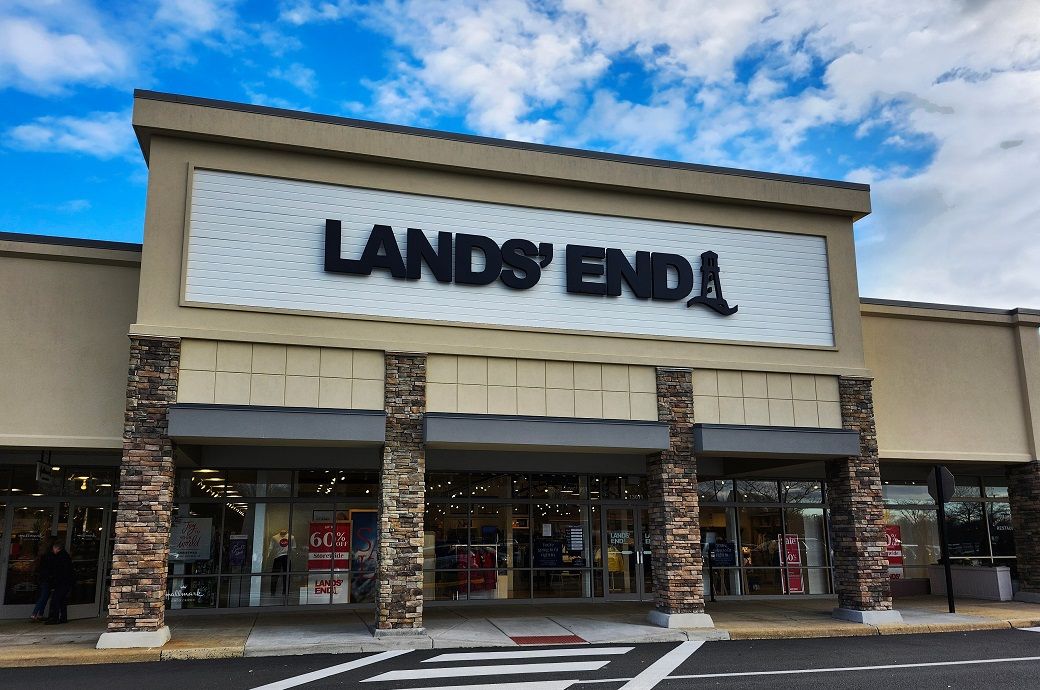
On an adjusted basis, net income is expected to be between $15 million and $27 million, or $0.48 to $0.86 per diluted share, while adjusted EBITDA is forecast to range from $95 million to $107 million for FY25. Capital expenditures for the fiscal are expected to total approximately $25 million, supporting ongoing initiatives including digital enhancement, licensing expansion, and inventory optimisation.
Bernie McCracken, chief financial officer, stated, “As the company continues to execute our strategy, we have also developed plans to mitigate tariff headwinds at current levels, and, accordingly, our outlook for fiscal 2025 remains unchanged. This outlook assumes a baseline tariff of approximately 10 per cent in all countries except China, which accounted for less than 8 per cent of our product cost in 2024 and where we assume a 30 per cent tariff.”
For the first quarter (Q1) of FY25, May 2, Lands’ End has reported an 8.5 per cent year-on-year decline in revenue, posting $261.2 million compared to $285.5 million in the same period last year. The drop was primarily attributed to the transition of kids and footwear inventory to licensees in FY24. Excluding this effect, the revenue decreased by 4.2 per cent, the company said in its financial statement.
GMV showed low-single-digit growth on a like-for-like basis, excluding the $12.7 million impact of the inventory shift. Including it, GMV was slightly lower year-over-year.
Despite lower revenues, the company improved its gross margin by approximately 210 basis points to 50.8 per cent, up from 48.7 per cent in Q1 FY24, largely due to changes in inventory strategy. Gross profit totalled $132.7 million, down 4.5 per cent from $139 million in the previous year.
The net loss widened to $8.3 million, or $0.27 per diluted share, from $6.4 million, or $0.20 per share, a year ago. However, adjusted net loss improved to $5.4 million, or $0.18 per diluted share, compared to $6.2 million or $0.20 per share in Q1 FY24. Adjusted EBITDA stood at $9.5 million, down from $11.6 million.
The US digital segment generated $227.7 million in net revenue, a marginal decline of 0.4 per cent. Within this, e-commerce sales rose slightly to $170.7 million, driven by strong performance in outerwear, though partially offset by a slow start to the swimwear category.
The Outfitters segment reported $42.9 million in revenue, a 0.5 per cent increase, as national account sales strengthened. The school uniform category declined slightly due to order timing differences.
Third-party revenue fell 9 per cent to $14.1 million, impacted by underperformance on one marketplace. However, the company introduced a proprietary AI tool to optimise visibility and achieved record average order values on Nordstrom.
In Europe, e-commerce revenue dropped 28.4 per cent to $17.9 million in Q1, as the business underwent a strategic repositioning as a premium brand. The company cleared lower-value inventory, prepared for marketplace expansion on Next and Debenhams, and began groundwork for relaunching in France. Customer satisfaction and new customer growth improved during the period.
Licensing and retail revenue fell 50.9 per cent to $15.6 million, compared to $31.8 million a year ago, due to the previously announced inventory and wholesale transitions. However, licensing revenue alone surged over 60 per cent, supported by strong performance from existing partners.
Selling and administrative expenses decreased by $3.9 million to $123.5 million in Q1 but represented a higher proportion of revenue at 47.3 per cent, compared to 44.6 per cent last year, due to lower overall sales, the statement added.
Cash and cash equivalents totalled $18.1 million, down from $27.4 million a year earlier. Inventory was reduced by 9 per cent to $262.4 million as part of ongoing efficiency efforts. Net cash used in operating activities improved to $22.5 million from $25.8 million last year, due to favourable working capital movements.
Andrew McLean, chief executive officer, stated: “Our first quarter performance reflects solid results on both the top and bottom lines, including continued growth in GMV and Gross margin. We successfully executed our proven customer-centric strategy through creative engagement, viral moments around Lands’ End’s iconic pocket tote, expansion of our brand through licensing, and delivering fresh, solutions-based products that resonate with our customers. Furthermore, this period marked significant progress in strengthening the resiliency of our diversified supply chain, positioning us to maintain momentum throughout fiscal 2025.”
ALCHEMPro News Desk (KD)
Receive daily prices and market insights straight to your inbox. Subscribe to AlchemPro Weekly!